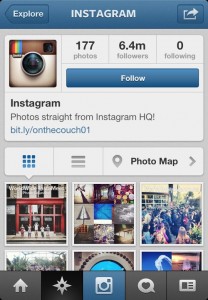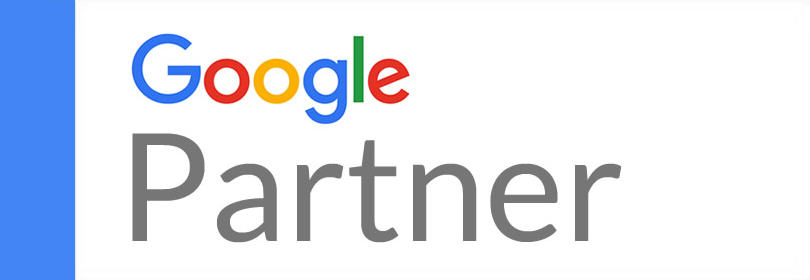Recen tly I’ve started running again after a long hiatus from the sport and needed a mobile app that could help me keep track of my runs to in order to gage my progress. Previously I was runner but stopped running after I did the Twin Cities Marathon in 2007; finishing in an excruciating 6 hours and 5 minutes. Apparently you have to train for one of these things. After that experience I thought 26 miles in 6 hours was enough exercise for 5 years but the time has come to get back on that horse
tly I’ve started running again after a long hiatus from the sport and needed a mobile app that could help me keep track of my runs to in order to gage my progress. Previously I was runner but stopped running after I did the Twin Cities Marathon in 2007; finishing in an excruciating 6 hours and 5 minutes. Apparently you have to train for one of these things. After that experience I thought 26 miles in 6 hours was enough exercise for 5 years but the time has come to get back on that horse
Unfortunately, the search for a good app has taken longer than I expected as quite a few of them have either not worked correctly or have been too unwieldy to navigate. All I want is a simple app to track my runs and tell me how many calories I’ve burned after stumbling and wheezing my way to a 14 minute mile.
It shouldn’t be that difficult to find a simple yet effective app to do this yet many of the apps I found make the mistake of trying to load the user with too much information and functionality. One has to keep in mind that the most successful apps are shockingly simple. (I finally chose Endomondo)
 Take for example Instagram. They started out with a very cumbersome app that tried to cram in too much functionality such as a clunky check-in function. Fortunately for them they figured it out quickly and determined that people want it easy and fast. That realization netted then close to a billion dollars from Facebook’s buyout.
Take for example Instagram. They started out with a very cumbersome app that tried to cram in too much functionality such as a clunky check-in function. Fortunately for them they figured it out quickly and determined that people want it easy and fast. That realization netted then close to a billion dollars from Facebook’s buyout.
I was at a recent presentation at Apple’s headquarters in Silicon Valley this year in which they were describing their iAd platform, and they mentioned something that has stuck with me. They spoke about how companies have started to design for mobile apps before they design for the web to ensure a simple clean design which improves usability. What a great idea; so simple yet so hard to achieve.
We in the marketing and communications field do have a tendency to want to cram all of our strategies into each one of our channels from Facebook content to website links, but we need to step back and identify/align specific strategies and goals to individual channels.
So when thinking about your next mobile app, try to avoid these pitfalls:
Feature Overload
Using too many features: One of the most common mistakes that a developer makes while creating an app is packing it with too many features and functionalities. This means they are actually “stuffing” the app with features and in the end, all that it does is confuse the end-users. The best thing to do is to use no more than 2-3 features while developing an app.
Complicated User Interface
Making the UI too complicated: The UI (User Interface) is an important part of any app. If the UI of an app is too complex, it will affect the usability for the end-users. This is bad news. Therefore, don’t over complicate the user-interface and stick to the ‘keep it simple’ principle, so that even a user, who is using your app for the very first time, finds it easy to use.
For more detailed tips on creating functional and clean mobile apps, here are some resources:
Designing a Mobile App? Don’t Make These 10 Mistakes
8 Tips for More Tapworthy Apps and Mobile-Friendly Sites
5 Simple Tips for Designing Better iPhone Apps


Trackbacks/Pingbacks